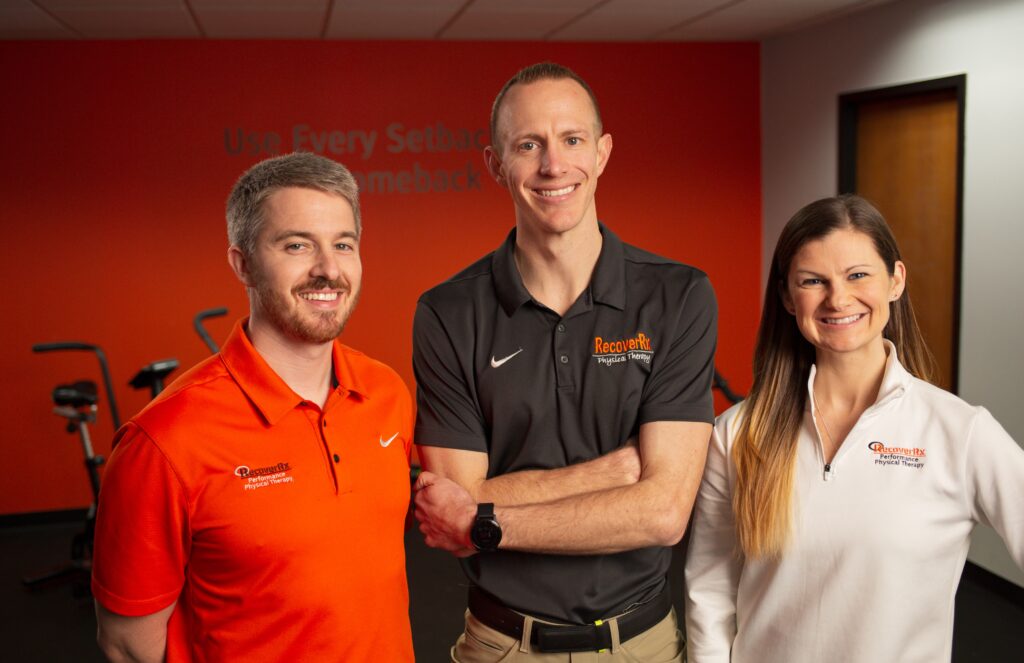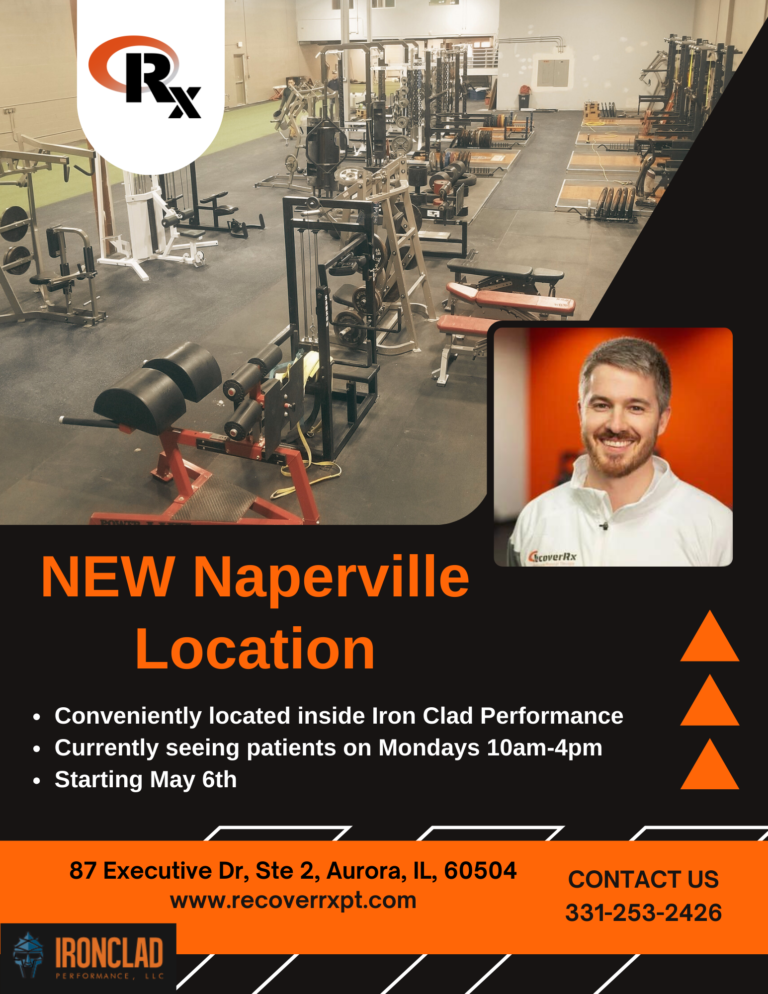Introduction
Engaging in running is an excellent means to maintain fitness and well-being. However, for numerous individuals, the enjoyment of this activity is overshadowed by persistent knee discomfort. In this extensive guide, we will explore effective strategies on how to prevent knee pain when running, ensuring a more enjoyable and pain-free experience. For those seeking additional support, considering Physical Therapy in Oak Brook can be a valuable resource in optimizing your running routine.
Understanding Knee Pain While Running
Knee pain during running can result from various factors. Understanding these causes, especially those affecting the knee joint and potentially leading to knee injuries, is crucial for developing an effective preventive approach to prevent knee pain when running.
Importance of Proper Running Form
Maintaining proper running form is not just about aesthetics; it plays a pivotal role in safeguarding your knees and ensuring an enjoyable running experience.”
Let’s focus on the five most crucial importance:
Biomechanical Harmony: Ensuring proper running form achieves a harmonious interaction among muscles, joints, and ligaments, evenly distributing forces and diminishing strain on the knees.
Alignment Matters: Maintaining correct alignment, from head to feet, is crucial in averting excessive pressure on the knees, thereby reducing the risk of joint pain and potential injuries
Preventing Overstriding: Steer clear of overstriding, where your foot lands too far in front of your body, a critical measure to shield your knees from jarring impacts and prevent sore knees.
Addressing Posture Problems: Sustaining proper form during running is pivotal to prevent discomfort in the knees and ensure overall body alignment.
Gradually Increasing Running Intensity
Avoiding the pitfalls of rapid intensity increases is vital for injury prevention and preventing knee issues. Balancing challenges with sustainability is the key theme, ensuring not only immediate knee health but also long-term benefits for your overall running journey, especially over extended periods of time. Incorporating techniques such as gradual progression, where you gradually increase your running distance or intensity by no more than 10% each week.
Strengthening the Muscles Around the Knee

Studies show that approximately 80 percent of runners facing knee problems reported a reduction in pain after engaging in three to four weeks of hip and core strength training.
Here are five effective exercises for leg muscles to include in your routine to prevent pain and promote overall knee health:
Bodyweight Squats: Start with your feet placed shoulder-width apart, then lower your body by bending your knees and pushing your hips backward. Maintain a straight back, ensuring a beneficial workout for the quadriceps muscles, and return to the starting position.
Lunges: Step forward with one leg, lowering hips until both knees are at a 90-degree angle. Push back to the starting position, engaging in a beneficial exercise for preventing tight muscles. Repeat the process with the other leg.
Leg Press: Use a leg press machine at the gym to push the weighted platform away, engaging the quadriceps and hamstrings for a beneficial knee stretch. This exercise not only targets these muscle groups but also contributes to overall leg strength training.
Hamstring Curls: Use a leg curl machine to flex your knees against resistance, effectively targeting the thigh muscles, especially the hamstrings. This exercise also provides indirect benefits by engaging the muscles around the shin bone.
Calf Raises: Stand on a flat surface, rise onto your toes, and lower back down, focusing on engaging your calf muscles. This exercise can be enhanced by incorporating the use of an elastic bandage for added resistance.
Cross-Training and Rest Days
Navigating the delicate balance between maintaining optimal knee health and pushing your running limits involves understanding the roles of cross-training and rest days. Cross-training, encompassing activities like swimming and cycling, provides cardiovascular benefits with lower impact, reducing strain on your knees. Equally crucial are rest days, allowing your knees essential recovery time to prevent overuse injuries.
Proper Warm-up and Cool-down Routine
Embarking on a run without a proper warm-up is like starting a car in freezing temperatures—it’s less efficient and could lead to issues down the road. A thorough warm-up primes your knees for the rigors of running, promoting the flow of synovial fluid in the patellofemoral joint and activating essential muscles for knee stability. Practical guidance should be provided on dynamic stretches and exercises targeting areas crucial for preventing knee strain.
Incorporating Stretching into Your Routine
Dynamic stretching preps your run by targeting essential muscles, while post-run static stretches aid recovery and flexibility. Ideal timing, techniques, and specific stretches prevent knee pain, ensuring a well-rounded approach for optimal joint health and an enjoyable running experience.
Using RICE Method for Knee Pain Management
Knee pain can disrupt your running routine, but the RICE method provides an effective management strategy.
Rest: The first step involves giving your knee a break. Learn how to identify when rest is necessary and the role it plays in preventing further damage.
Ice: Discover the correct way to apply ice to alleviate pain and reduce swelling. We’ll provide practical tips on timing and duration for optimal results.
Compression: Understanding the importance of compression in managing knee pain is crucial. Explore techniques and tools for effective compression, aiding in the recovery process.
Elevation: Learn how elevating your knee contributes to reducing swelling and promoting faster healing. Discover the proper methods to incorporate elevation into your pain management routine.
Choosing the Right Running Shoes

Selecting the proper running shoes is essential for maintaining knee stability and alignment, contributing to the prevention of knee pain. From the type of arch support to the cushioning, every detail matters.
To prevent runner’s knee, focus on key features when selecting your running shoes.
Understanding Your Foot Type: Are you flat-footed, have a neutral arch, or have high arches? Different foot types require different levels of support and cushioning.
Impact of Cushioning on Knee Health: The amount of cushioning in running shoes directly affects the impact your knees endure with each stride.
Stability and Motion Control Features: Runners with overpronation or supination tendencies need specific features to address these biomechanical issues.
Terrain-Specific Considerations: Whether you prefer road running, trail running, or a mix of both, selecting shoes designed for the specific challenges posed by different surfaces further protects your knees.
Professional Guidance in Shoe Selection: For those with specific foot conditions or concerns, seeking advice from a professional, such as a podiatrist or a specialized running store, can be invaluable.
Seeking Professional Help and Listening to Your Body
For those seeking personalized assistance, the experts at RecoverRx Physical Therapy stand ready to guide you through a tailored recovery plan. Remember, a proactive and attentive approach to your body’s needs is the foundation for a rewarding and enduring running journey. Lace up, listen, and run with joy and well-being in every stride.
Conclusion
In conclusion, preventing knee pain when running is a holistic endeavor that involves proper preparation, thoughtful training, and attentive self-care. By following these guidelines, you can enjoy your runs without the unwanted companion of knee pain or shoulder pain while running.
FAQs
Q1: How do I prepare my knees for running?
A1: Preparing your knees involves a proper warm-up, stretching, and gradual progression in intensity, crucial steps in understanding how to avoid knee pain when running and minimize the risk of injury. Additionally, paying attention to your running technique contributes to overall knee health and injury prevention.
Q2: What role does footwear play in preventing knee pain?
A2: The right pair of running shoes provides essential support and cushioning, reducing the impact on your knees and contributing to a healthier workout routine, consequently lowering the risk of knee injuries.
Q3: Can knee pain be completely avoided?
A3: While complete avoidance of knee pain from CrossFit and running may be challenging, adopting preventive measures significantly reduces the risk. Consulting with a physical therapist, including a thorough physical exam, can offer valuable guidance in this process. This proactive approach ensures that you can continue enjoying the benefits of running without compromising the health of your knees.






1 thought on “How to Prevent Knee Pain While Running”
Great Post! It’s advisable to consult with a healthcare professional for an accurate diagnosis and appropriate treatment plan. These tips are general recommendations and may not be suitable for everyone. Individual factors, such as biomechanics and medical history, should be considered for personalized advice.
Comments are closed.